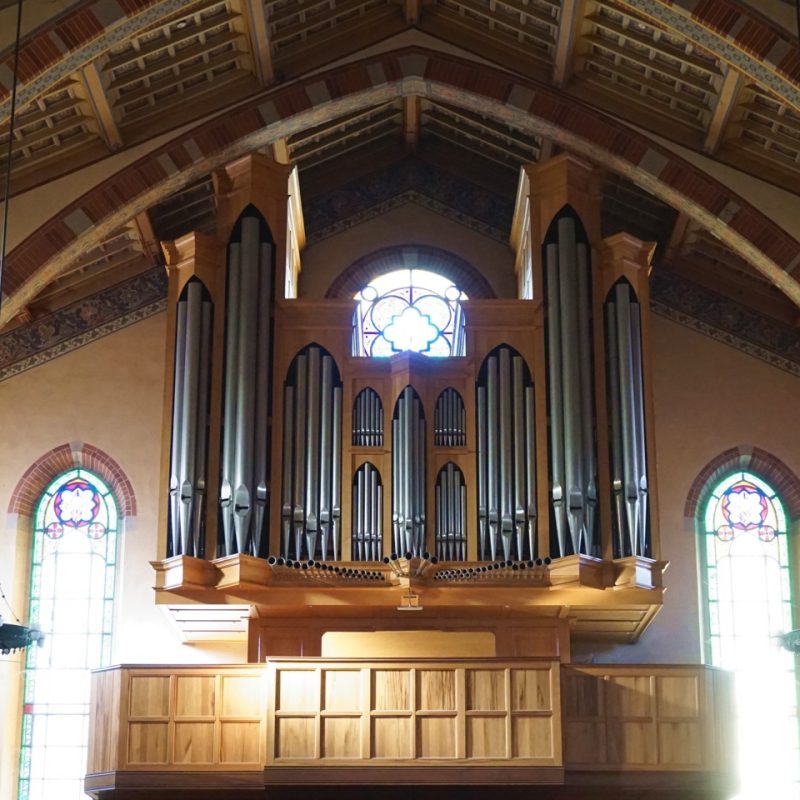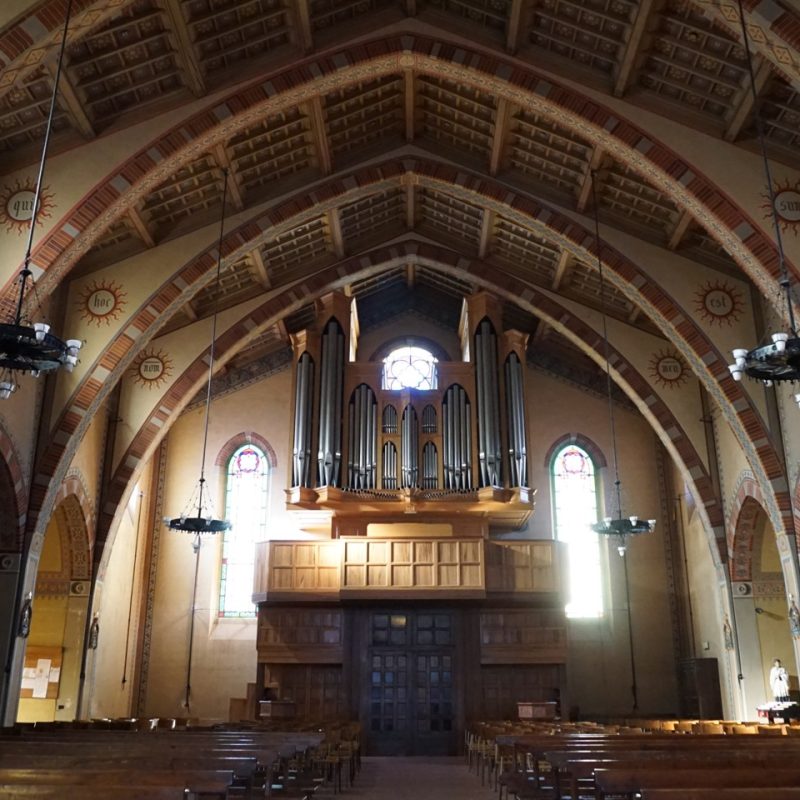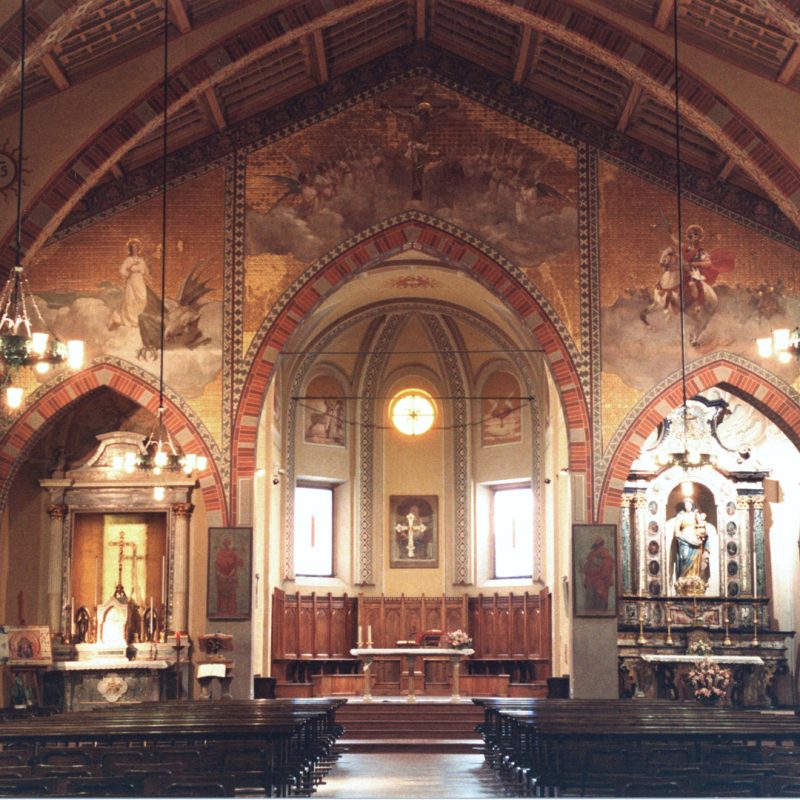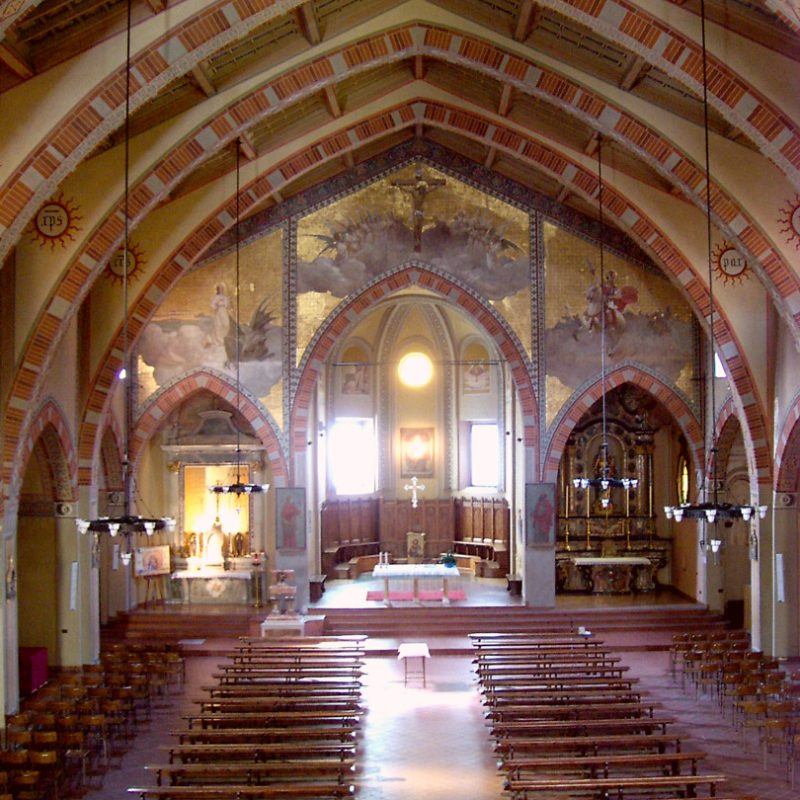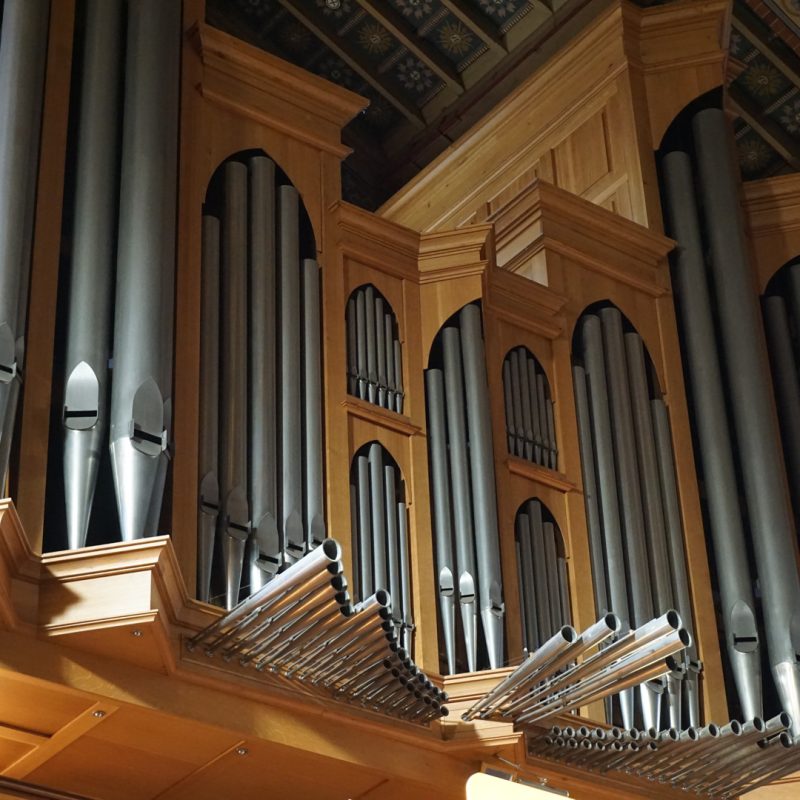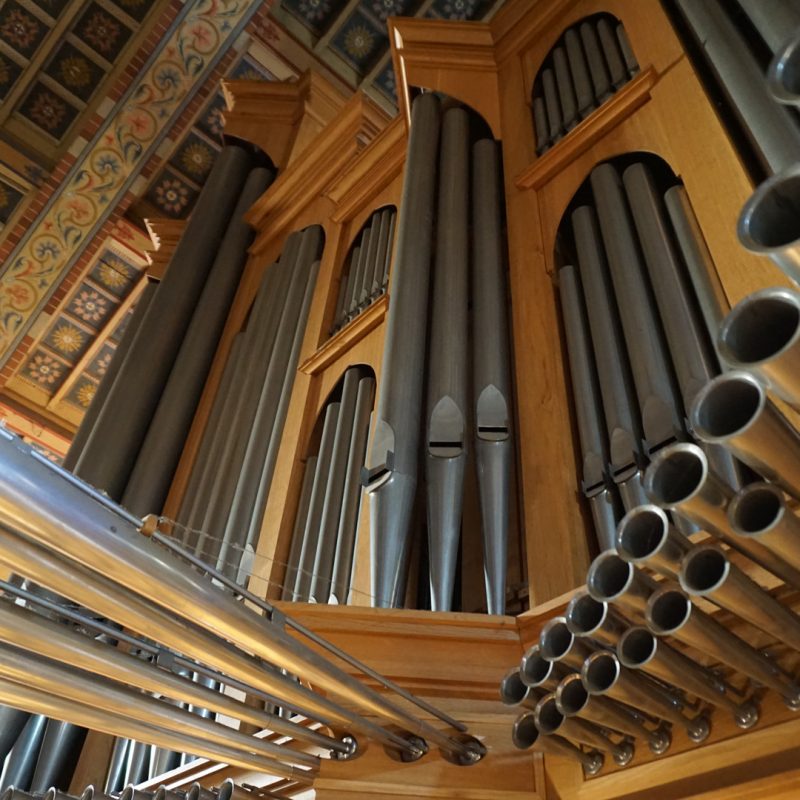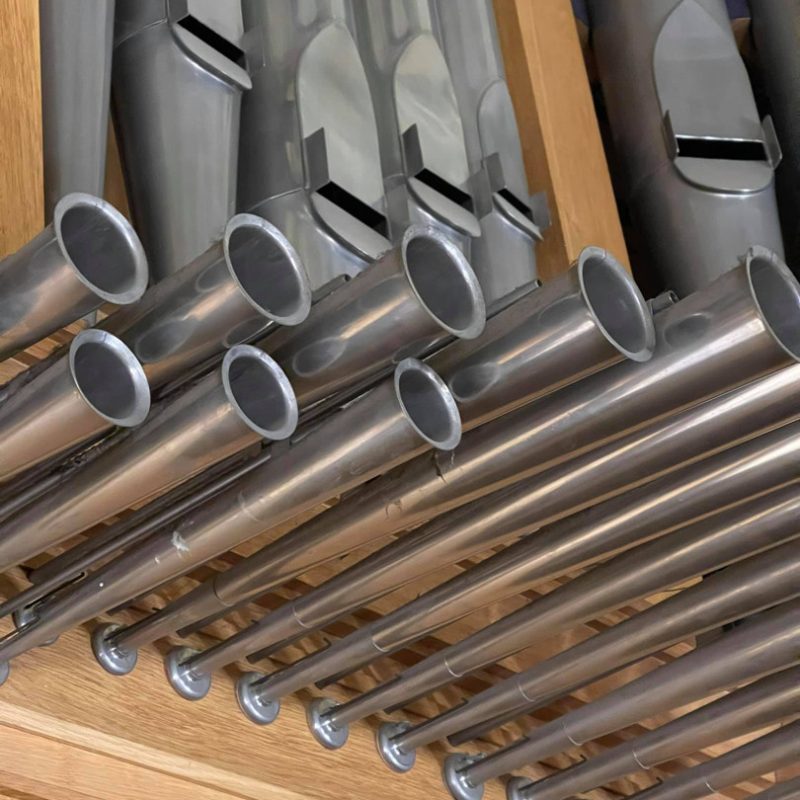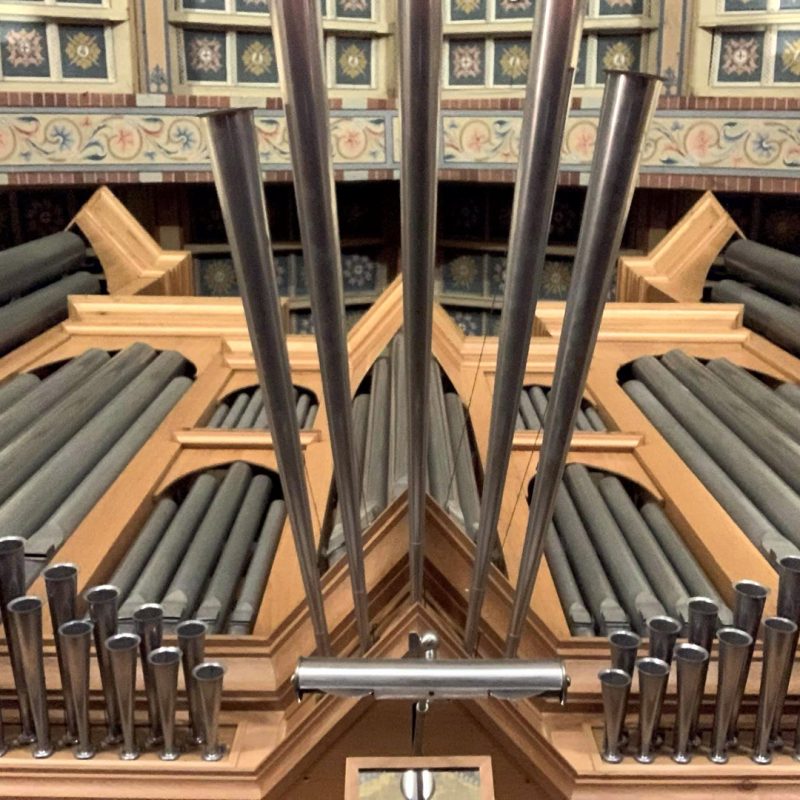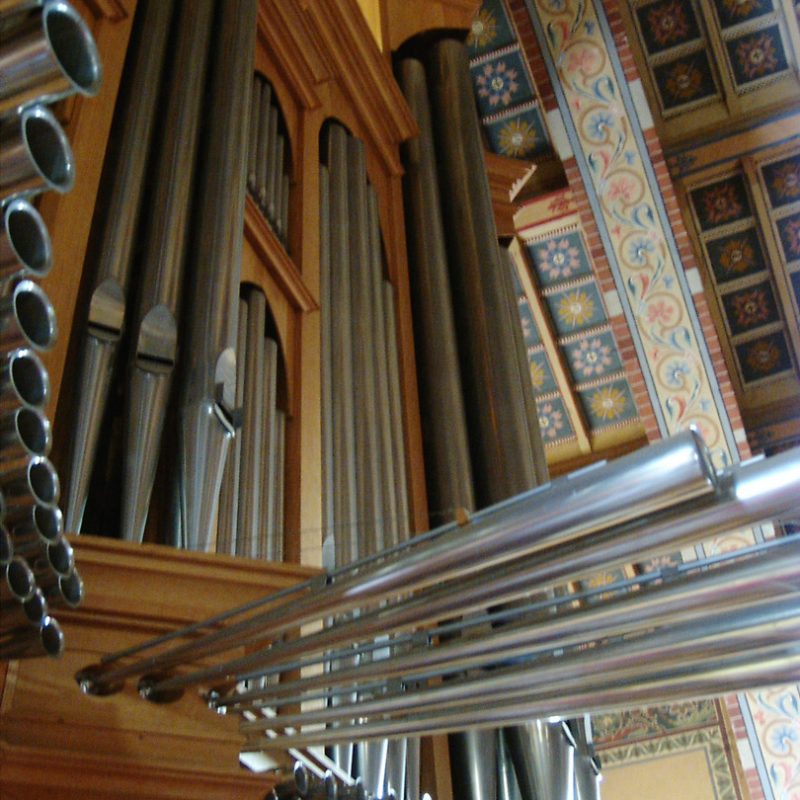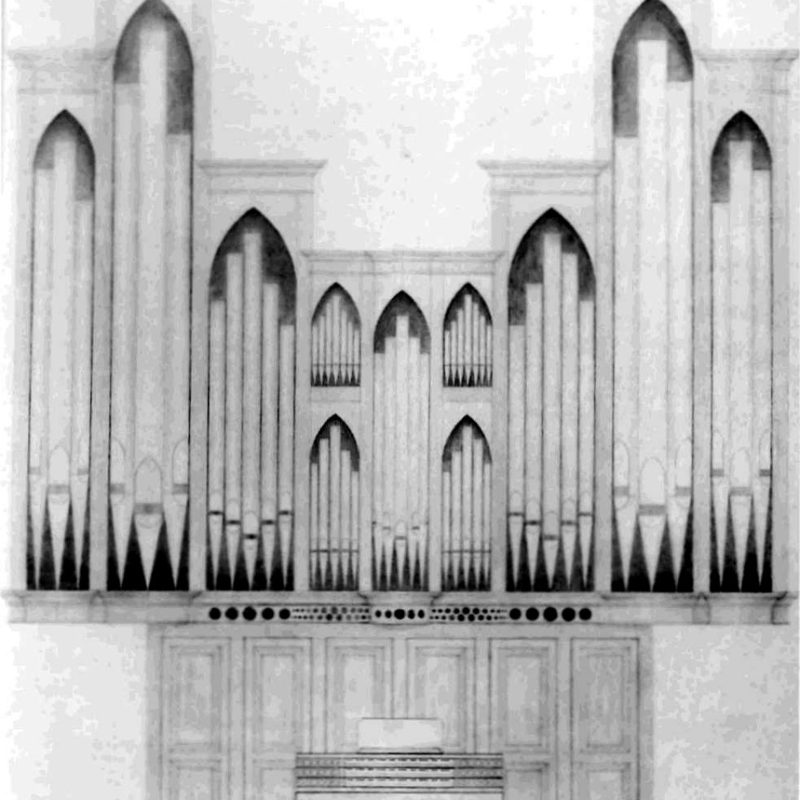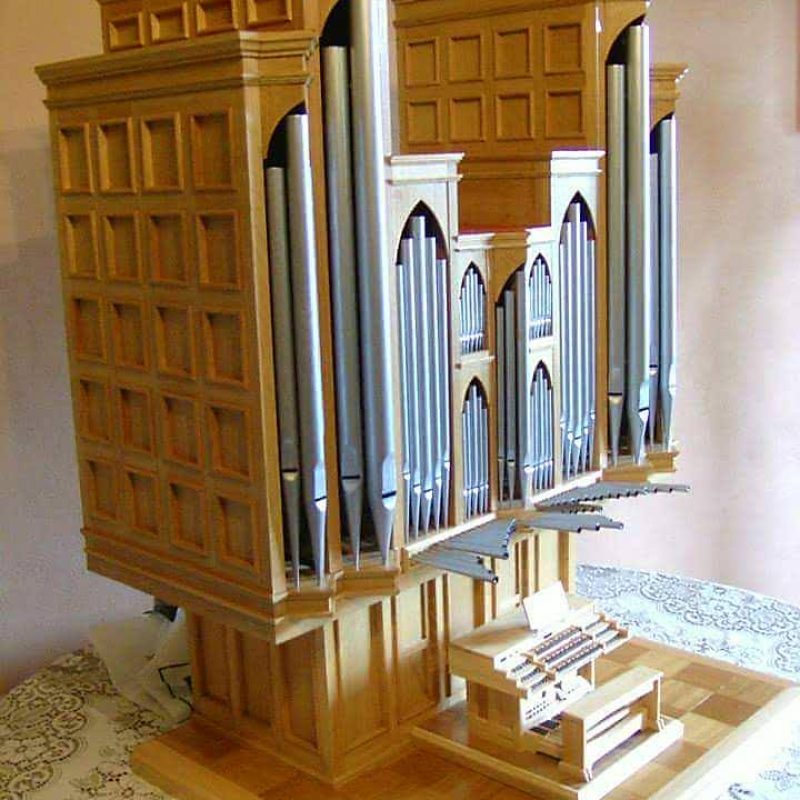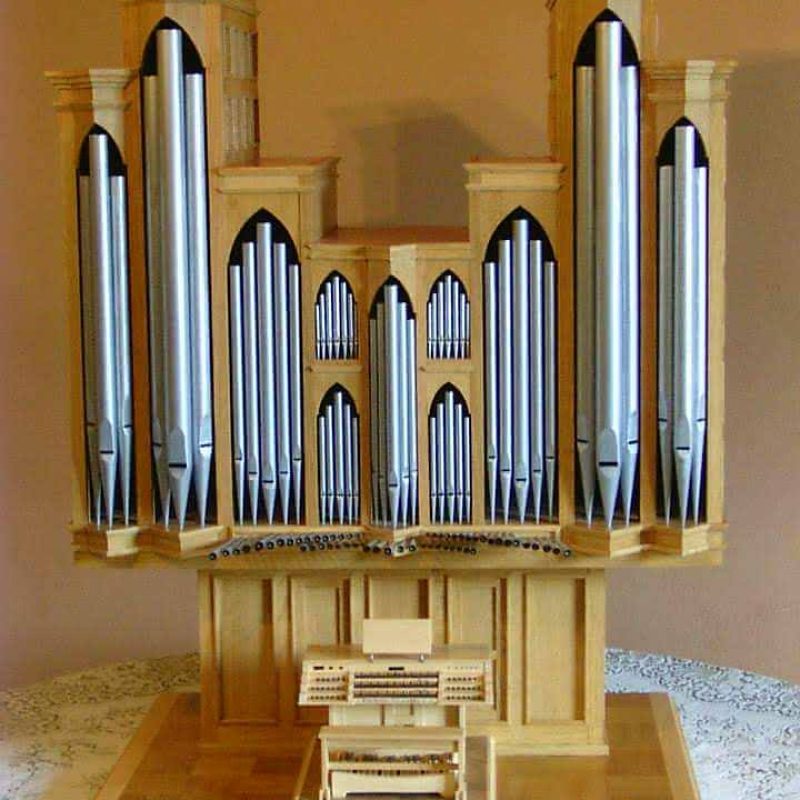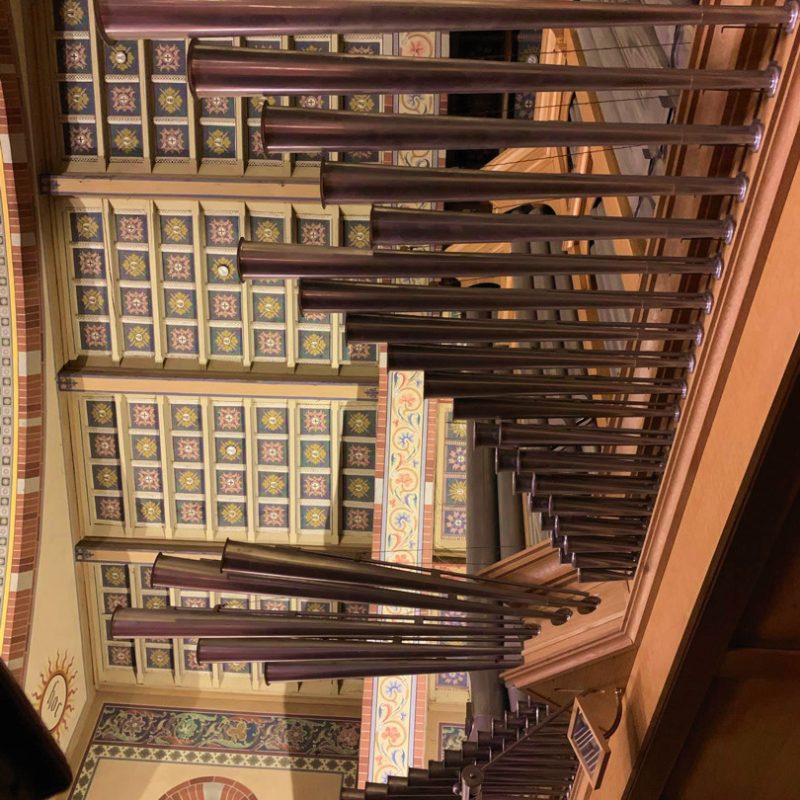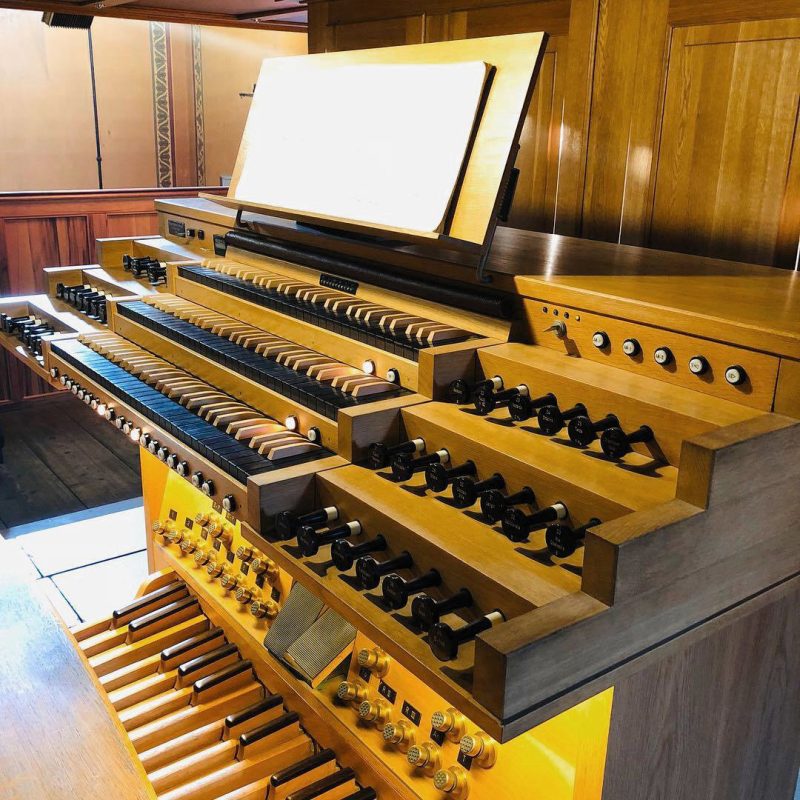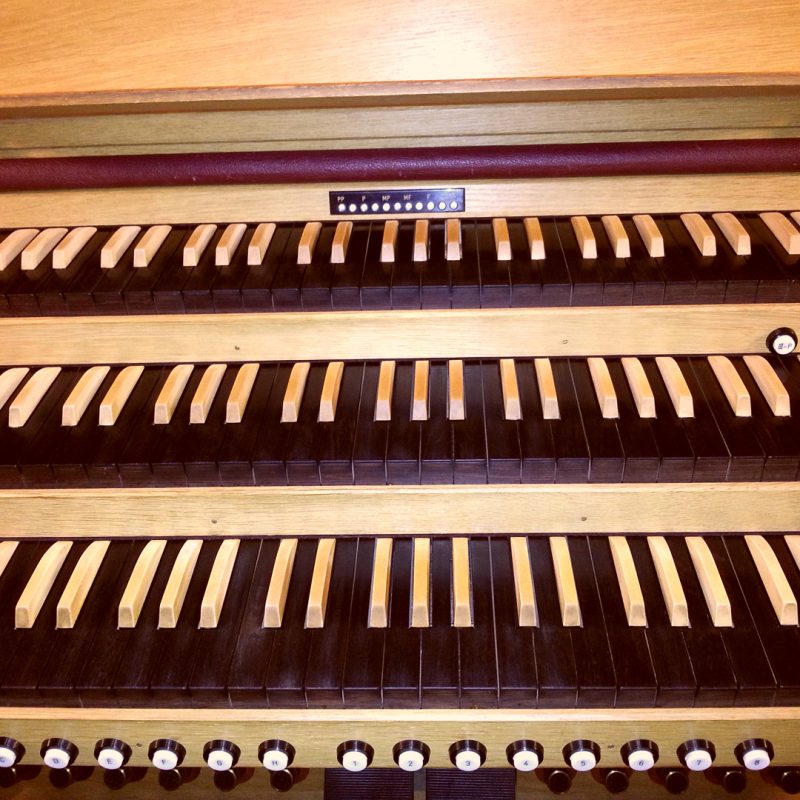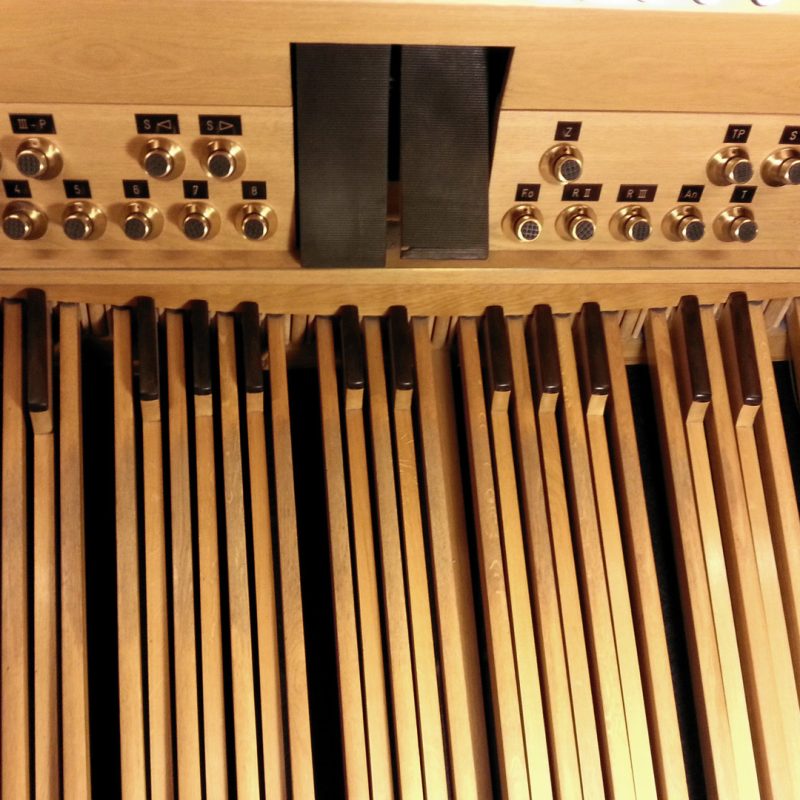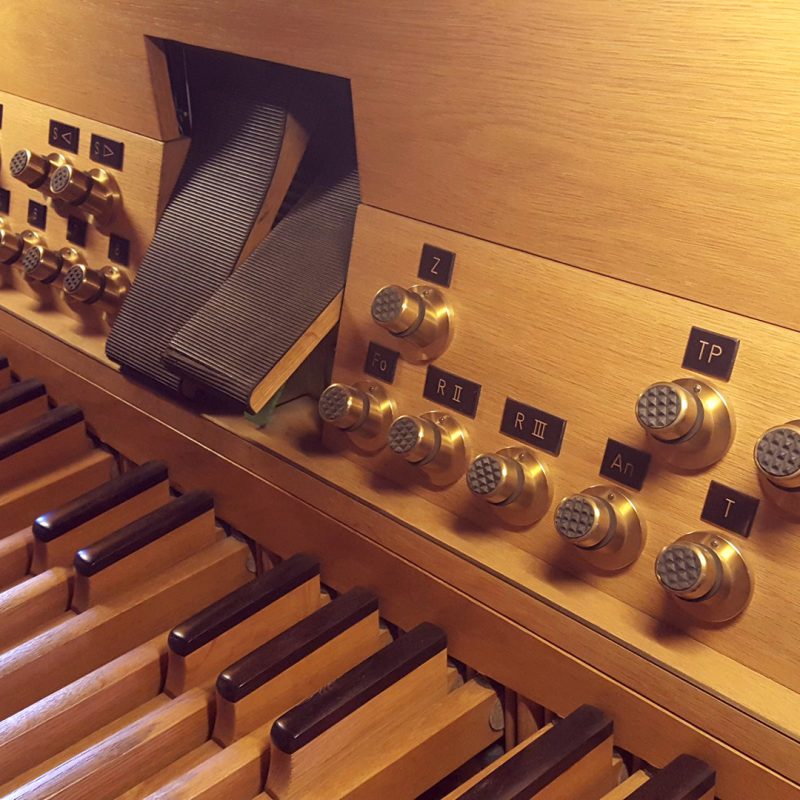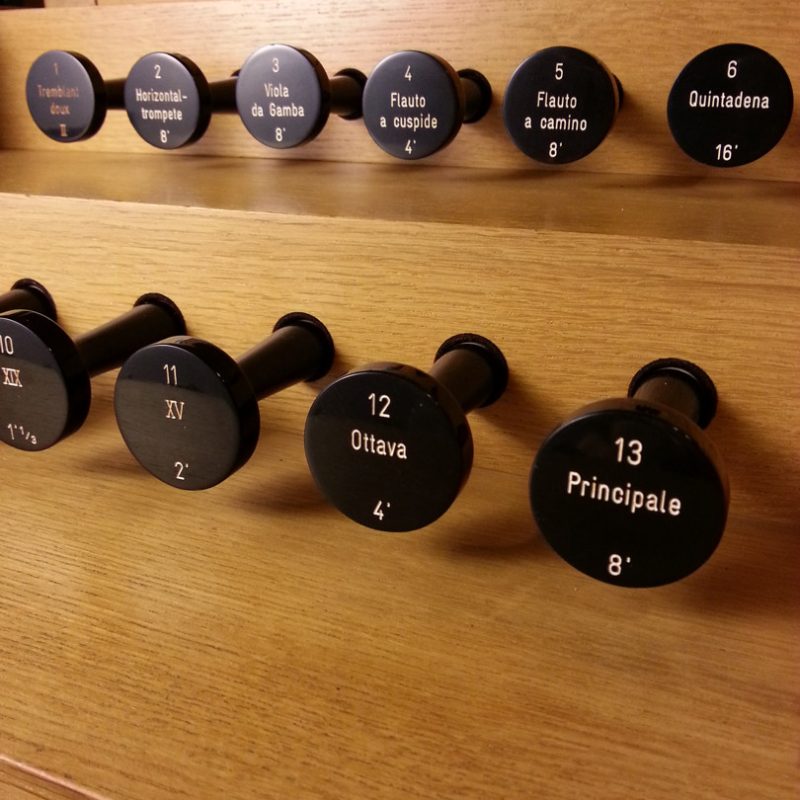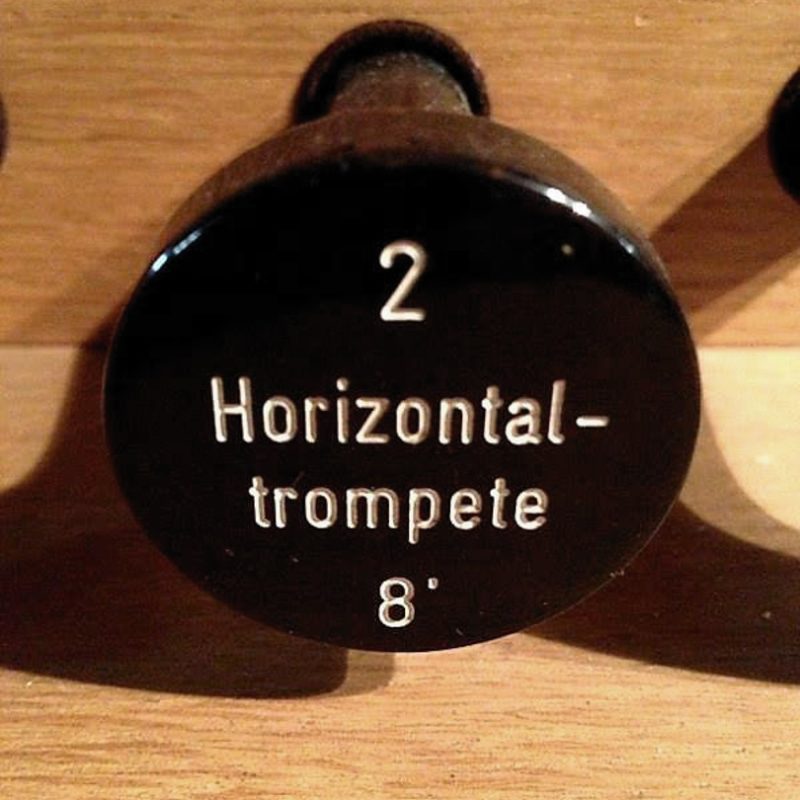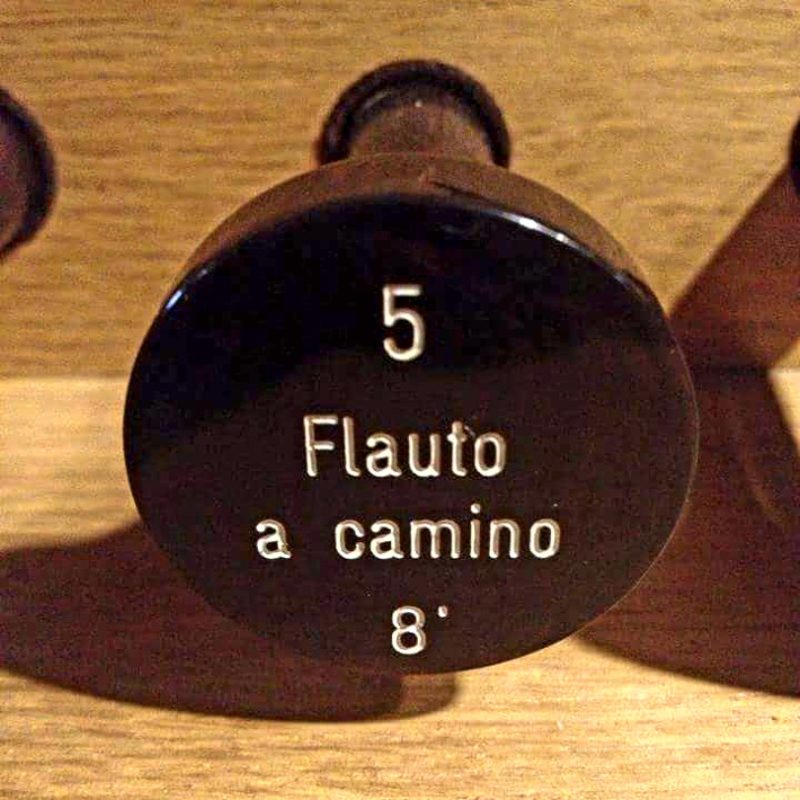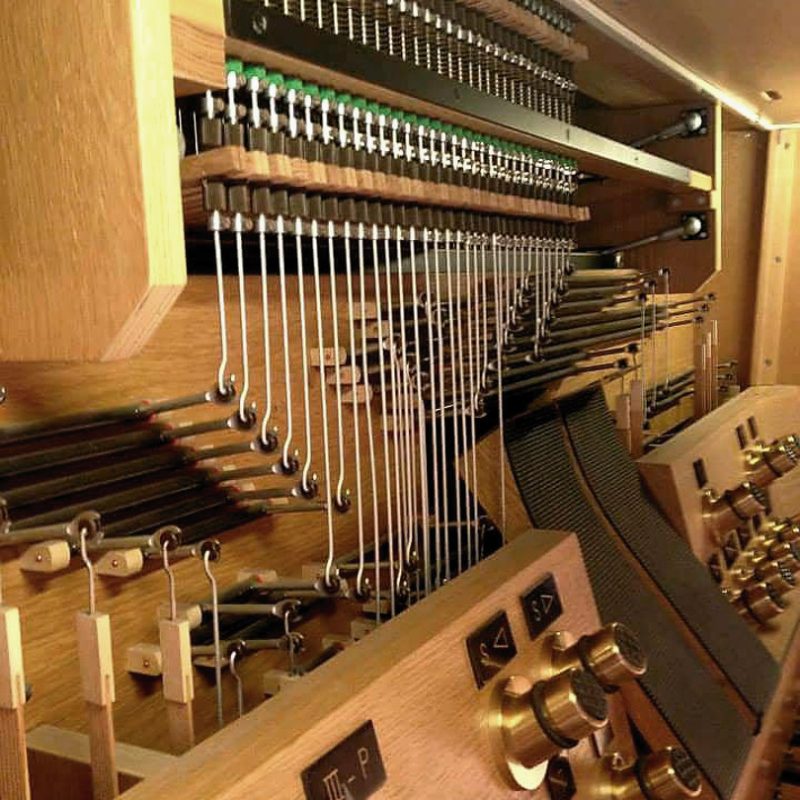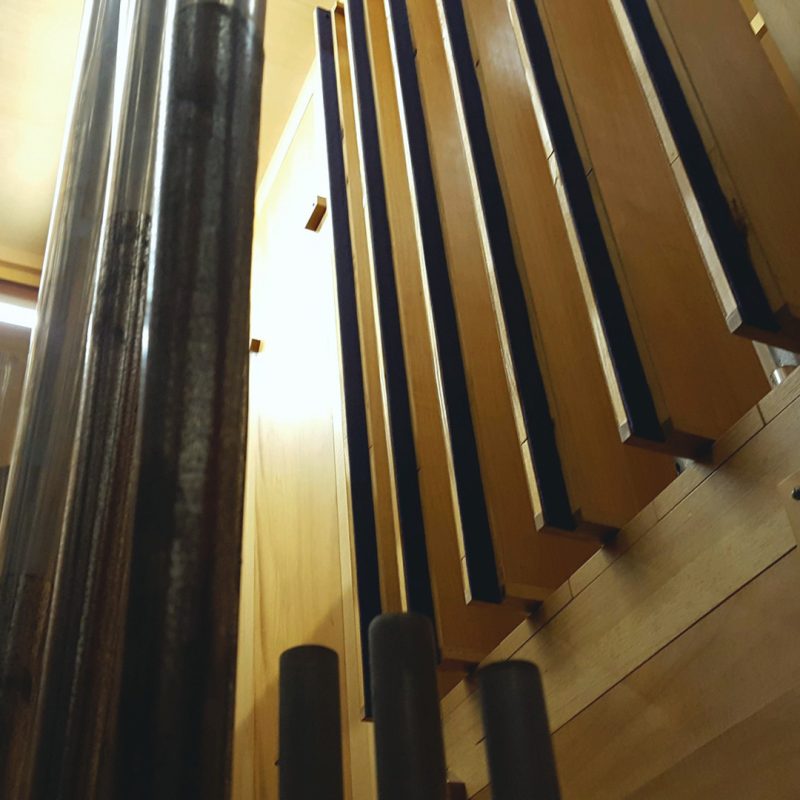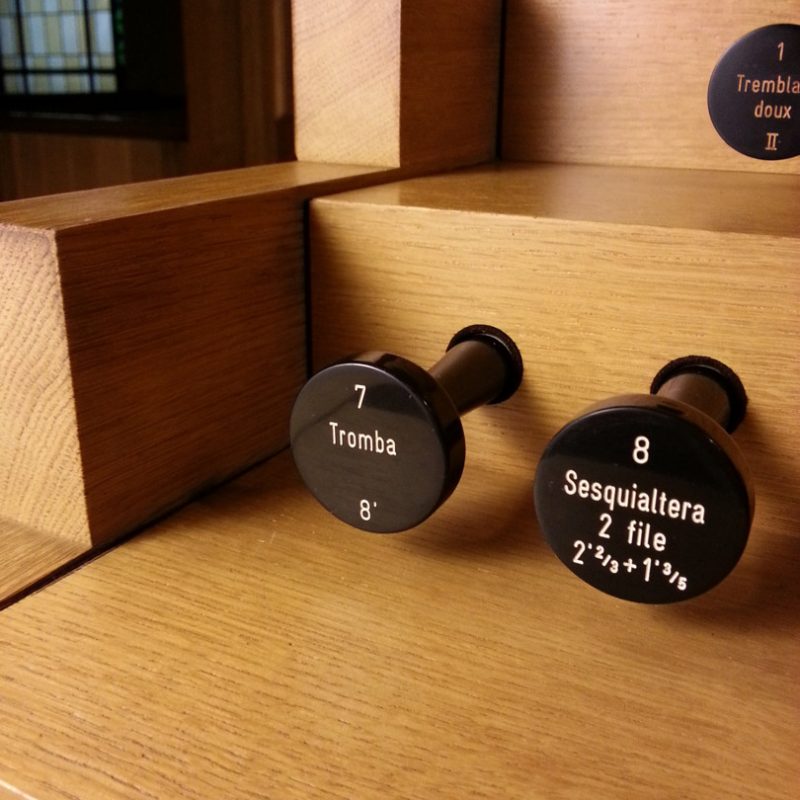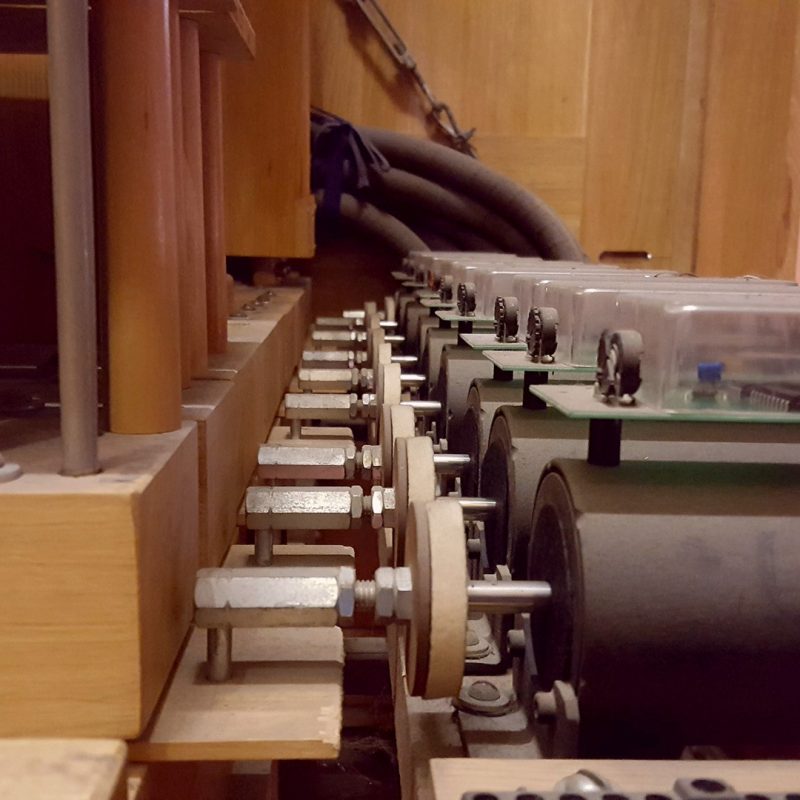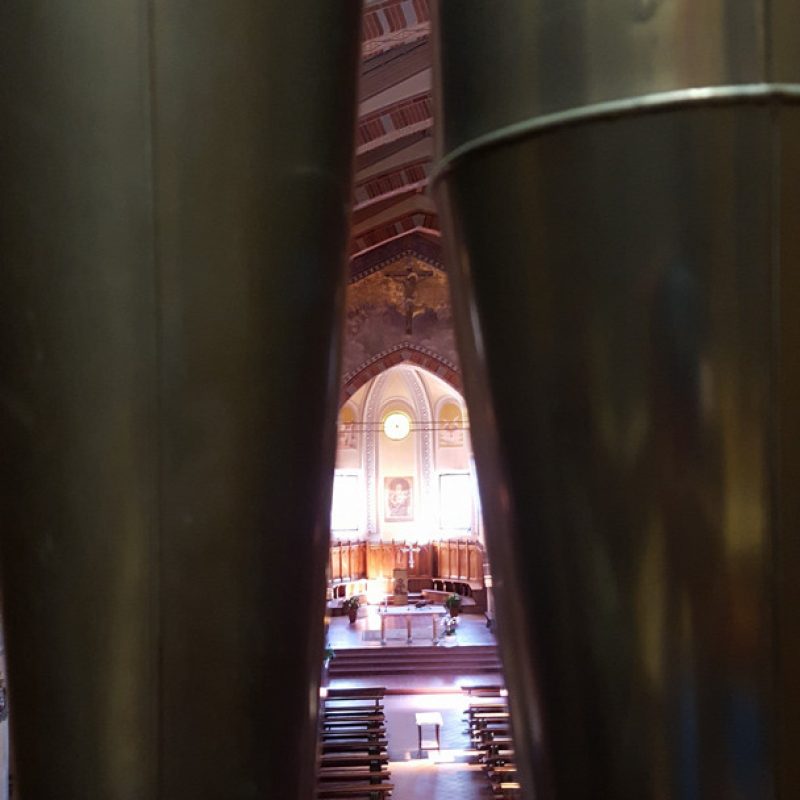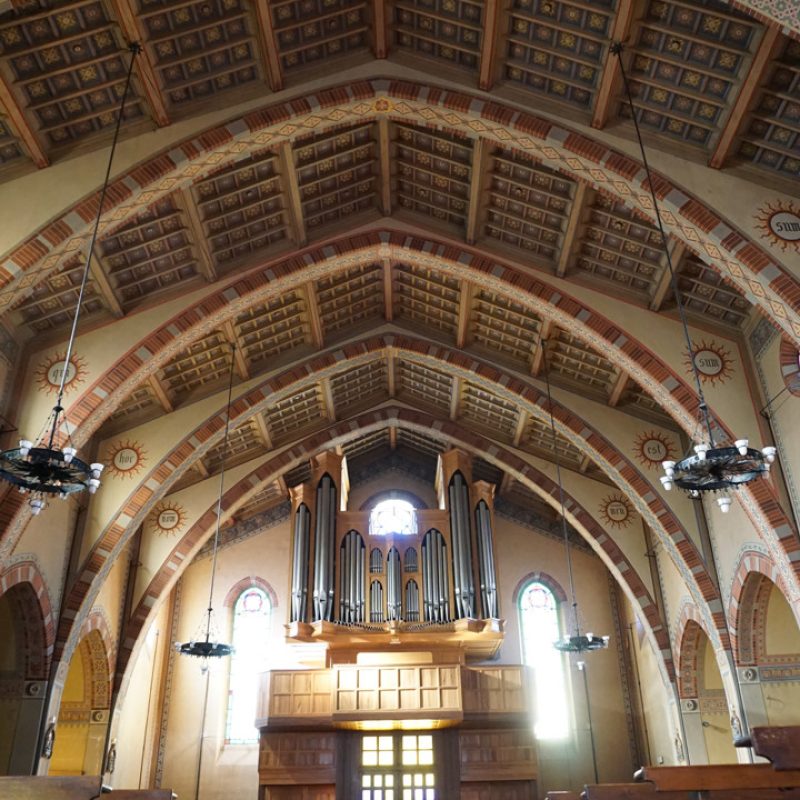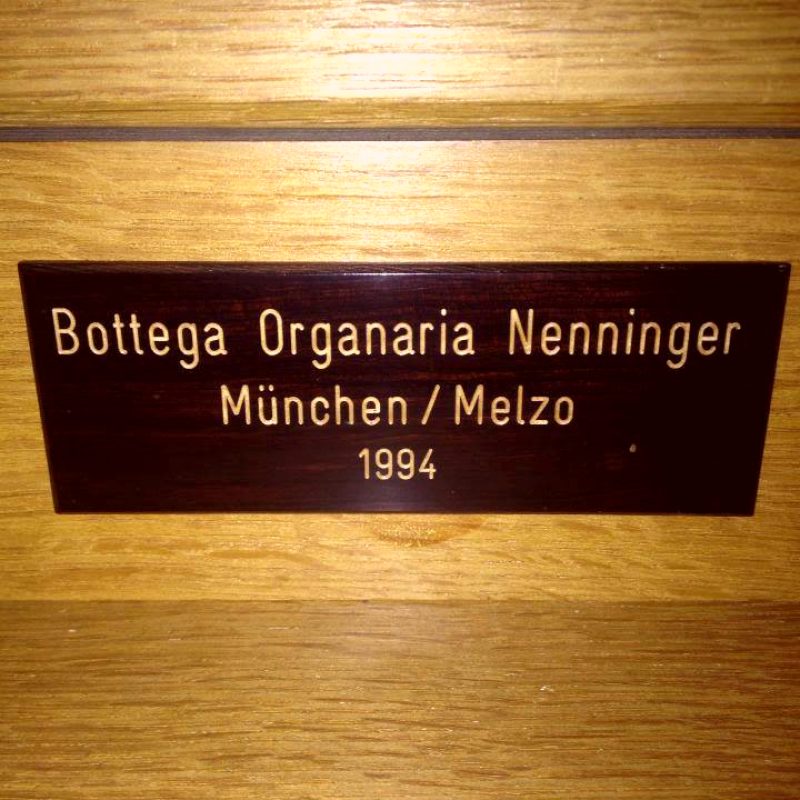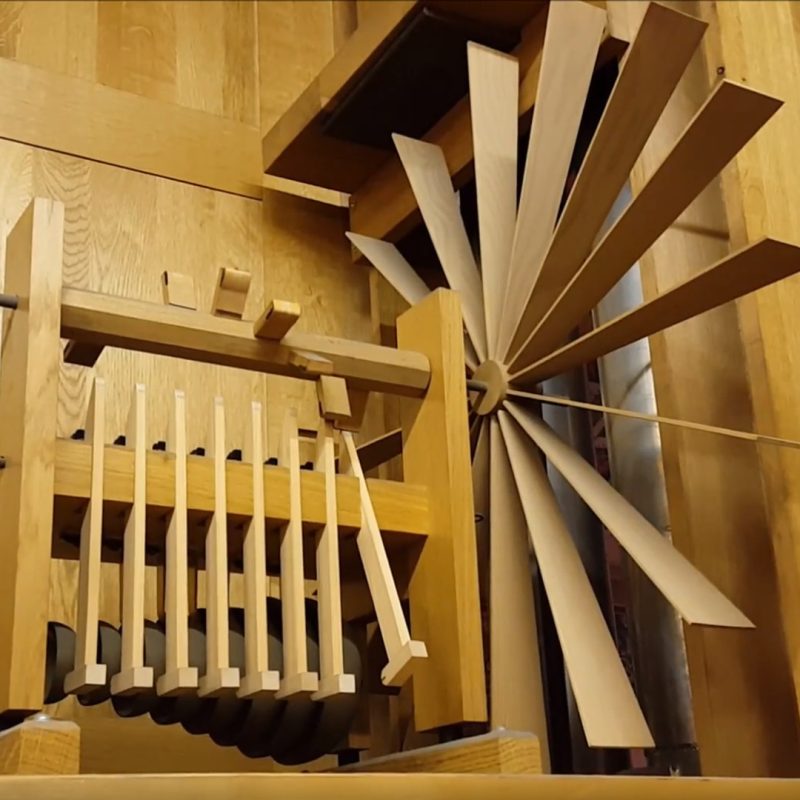
HauptWerk SampleSet
Nenninger 1994
ORGANO A CANNE VIRTUALE / VIRTUAL PIPE ORGAN
A great mechanical organ with a traditional German Layout and a sound character inspired to the best Italian voicing tradition and “feeling”. An authentic synthesis between “northern and southern souls”.
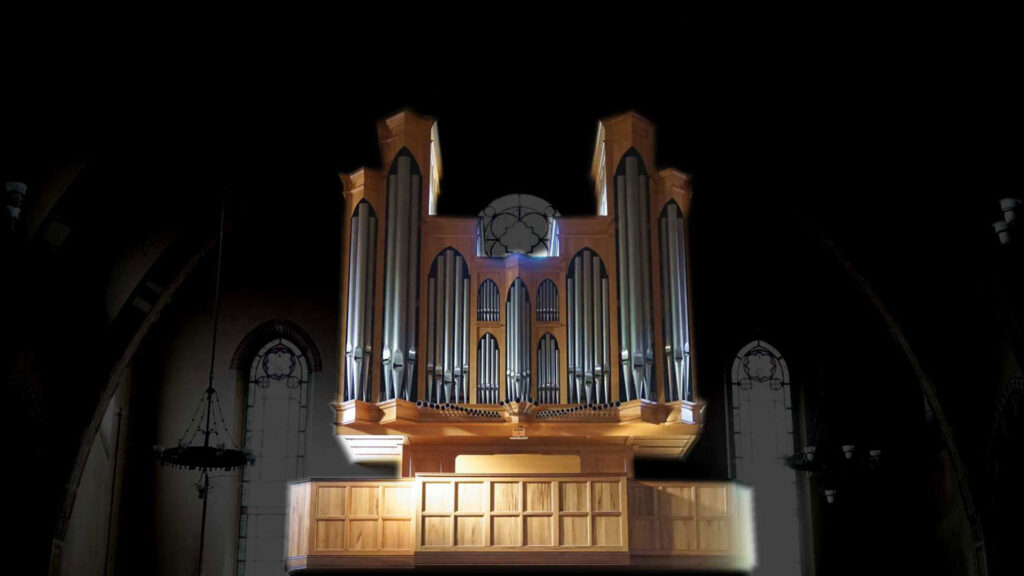
Nenninger 1994
198,00€
Price is taxes included or exempt depending on the billing country
COMING SOON
Audio / Video Samples
Organ and Sampleset info
The “Grande Organo Meccanico” – great mechanical organ – of SS. Alessandro e Margherita in Melzo, Milan-IT, represents the aim, the project and the effort to provide the church of a great mechanical organ inspired to the North-European organ school, mostly dedicated to the execution of the baroque organ music and in particular Bach’s literature; still the large availability of colors, the great balance beetween the various ranks and the versatile usability of every stop allow this organ to conveniently render the music of any epoque upon wise choice of stops. Due to its specific concept and design, the organ also represents a unique specimen in the organ scenario in the East area of Milan and Lombardy.
This project has been promoted and supported since the beginning by Monsignor Renzo Marzorati (1935 – 2020), a man of uncommon culture, Provost of the city of Melzo from 1990 to 2004 and Canon of the Duomo Cathedral of Milan, in his long religious career also teacher of music and chant, Librarian of the Duomo of Milan Chapter, Rector of the University of the Third Age.
The basic idea is of an organ with an explicit traditional German layout with a sound character inspired to the best Italian voicing tradition and “feeling”; a synthesis between “Northern & Southern souls”.
The Organ has been built with the cooperation of various organ builders and professionals in various steps. Works began in 1992 and finished in 1996.
The design and main structure of the instrument (case, windchests and some of the ranks) have been realized by Nenninger Orgelbau company, München-DE, the construction has been conducted by the local organ builder Trotta in cooperation with Maurizio Mancino, at that time future titular organist of this instrument. The console has been manufactured by Laukhuff company. Most of the ranks have been realized by the best pipe makers available in Italy. The final voicing has been directed by Francesco Denti, one of the finest voicing experts in Italy.
The organ has 35 speaking stops distributed on 3 divisions: Great, Swell and Pedal, totalling 2.385 speaking pipes.
The organ is currently in good and original shape; thanks to its solid structure and durable materials only some small repairs have been required since its construction. The instrument is played each Sunday of the liturgical year as well as for the main sacred festivities and cerimonies. Maurizio Mancino, titular organist since more than 25 years who personally contributed to the construction of this organ, always and passionately provides the best cares to the instrument. He also promotes and organizes concerts involving high level organists from different Countries.
§
THE SAMPLESET
Recording: 96 KHz @ 24 bit on 2015 in “SS. Alessandro e Margherita” Church in Melzo, Milan, Italy.
Sampleset samples: 48 KHz @ 24 bit stereo, with 1 loop for dry samples and 1 loop with multiple releases for wet samples.
6 channels: 2 stereo channels for Nearly-Dry layer and 4 stereo channels for digital Reverb effects (surrounding).
Equal temperament.
The set is provided with DRY and WET layers.
A mixer is available in order to allow the user to progressively add reverb from nearly zero reverb to full reverb. Full reverb is equivalent to the effect when the church is empty.
Due to the noisy environment of the church, pipe samples have been recorded nearly-dry with special technique and strategic microphone placement.
Environmental sound response and reverb have been recorded, analysed and studied separately, and digitally re-applied to the wet samples. The reverb closely reproduces average decay and frequency responses of the church.
Despite the organ has a very efficient wind distribution, HauptWerk’s Wind Model has been applied in order to match its wind dynamics.
The user interface includes the following tabs:
- Main Console
- Left Jamb
- Right Jamb
- Alternate Console
- Controls
- Organ Infos
- Organ Photos
- Main Console Schema
The Main Console is a fantasy representation of the real one based on 2 speaking manuals, corresponding to Great and Swell divisions, and some additional commands not present in the real instrument.
Left and Right jambs are provided in order to exploit space in double monitor consoles.
The Alternate Console provides commands without graphic frills, in a schematic way, for those preferring a simple interface.
The control panel provides:
-Reverb mixer as explained above,
-Mechanic noises for keyboard, stops, buttons, tremulants
-Separate volume control for the blower noise
-Flues and Reeds Detuners (Accordatura): they apply progressive and random detuning to the two different families of pipes, both randomly incrementing or decrementing their relative pitches, with prevailing effect on the treble region of the ranks. These controls will therefore progressively increment or decrement the base pitch of the entire instrument.
The graphical layout of tabs from 2 to 7 is responsive to horizontal and vertical screen size.
Drawbars positions are recalled when sampleset is reloaded.
In case your console has 3 or more manuals and you want to reproduce the 3 keboard setup of the real organ with addition of the “coupler manual” as per real organ description, you can assign both divisions to the first manual of your physical console using the MIDI keyboard configuration provided with the documentation of the sampleset.
For any additional information regarding HauptWerk samplesets please visit the official website: www.hauptwerk.com
Organ Features
Stop composition and rank voicing is mainly concieved to play baroque organ music.
The tracker key action is completely mechanical and made of wooden levers and tie-rods, with regulation nuts made of leather.
A special device is applied to key mechanics of the Swell in order to automatically compensate idling movements.
Stop action is electro-mechanical; the set of electro-magnets actioning each windchest slider is connected to the control unit managing the combination system.
Enclosure movements of the Swell are totally mechanical.
The façade is divided into three fields, in line with the Central European "Werkprinzip" tradition.
The central portion is occupied by the Great, the four side turrets are occupied by Pedal piping.
The Swell is located just behind the Great. The pipes of the three divisions are all placed on the same level.
It is 8 meters tall, 6.3 meters large and 3 meters deep and it is partially hanging onto the wall of the church and partially recumbent on the balcony.
The highest pipe of the facade corresponds to the first E of the Principale 16′ of the Pedal section.
It is equipped with 3 manuals of 61 keys and a radial-concave pedalboard of 32 keys.
The additional keyboard, the first one, has no stops of its own and is permanently coupled to Great and Swell at unison in order to constantly provide a third level of sonority (see “Coupler Manual” – “Koppelmanual” – “Manuale Unione”).
The console also hosts various devices like: Expression and Crescendo pedals, fingerpistons and toepistons for general combinations, conbination sequencer, Great-to-Pedal and Swell-to-Pedal couplers, fixed combinations for Tutti, Pedal tutti, Reeds, Fonds, Mixtures, plus Tremulants for each division and a Zimbelstern.
The electronic combination system can store up to 256 different stop combinations, they can be recalled via the generals and via the sequencer.
The console has been manufactured by Laukhuff company.
Bass pipes are provided with 2 or even 3 pallets in order to provide the best flow rate to the pipes.
Great and Swell chests are entirely made of oak while Pedal chests are made of akatio.
II Manual – Great – Grand’Organo
1 Principale 8′
2 Ottava 4′
3 Decimaquinta 2′
4 Decimanona 1’1/3
5 Ripieno 5 ranks 1′
6 Sesquialtera 2 ranks 2’2/3+1’3/5
7 Quintadena 16′
8 Flauto a camino 8′
9 Flauto cilindrico 4′
10 Viola da gamba 8′
11 Tromba 8′
12 HorizontalTrompete 8′
Tremblant doux
III Manual – Swell – Recitativo Espressivo
13 Corno di camoscio 8′
14 Principale 4′
15 Ottava 2′
16 Cimbalo 3 ranks 1′
17 Gedackt 8′
18 Flauto 4′
19 Nazardo 2’2/3
20 Ottavino 2′
21 Terza 1’3/5
22 Larigot 1’1/3
23 Salicionale 8′
24 Vox Coelestis 8′
25 Dulzian 16′
26 Oboe 8′
Tremblant doux
Pedal – Pedale
27 Principale 16′
28 Basso 8′
29 Choralbass 4′
30 Ripieno 4 ranks 2’2/3
31 Subbasso 16′
32 Bordone 8′
33 Trombone 16′
34 Fagotto 8′
35 Schalmey 4′
Tremblant fort
Effects: Zimbelstern 8 Bells
Great and Swell chests are entirely made of oak while Pedal chests are made of akatio.
The console is mainly made of oak, other wood essences used are: maple for chromatic keys of the manuals and ebony for diatonics keys of the manuals and for chromatic keys of the pedalboard.
The Swellbox is made of akatio wood, with jalousies made of fir and removable side panels.
Pipes are made of wood or metal. Metal pipes are made of lead and tin in variable percentages. Details are provided in the sampleset documentation.
The tracker key action is made of wooden levers and tie-rods, with regulation nuts made of leather.
A big reservoir stores the wind for all the various chests.
Each windchest is provided with a flow stabilizer that also acts as pressure regulator in order to set different pressures for each division.
Pressures are the following:
Great 65 mm/H2O
Swell 84 mm/H2O
Pedal 75 mm/H2O
Temperament: equal.
